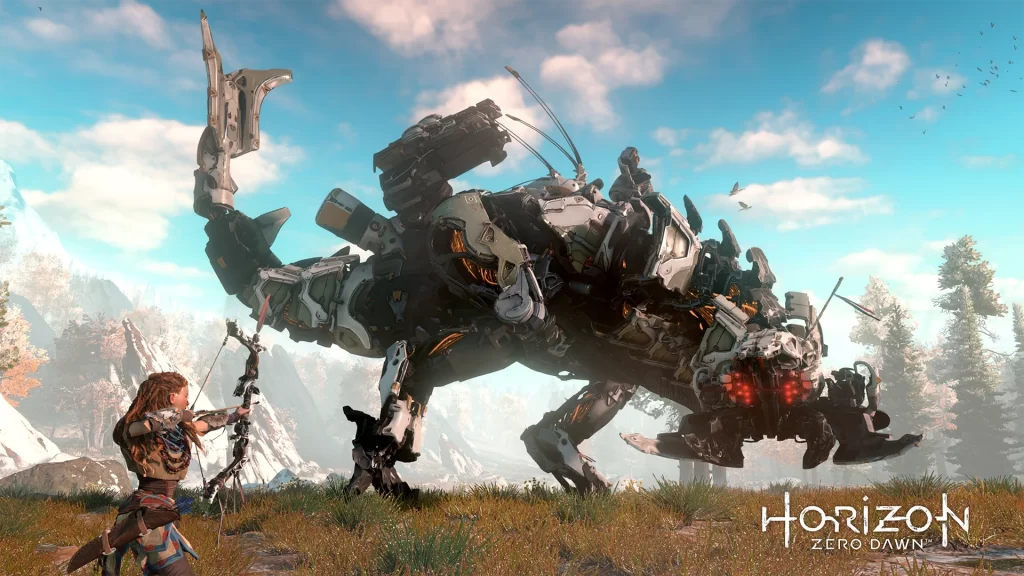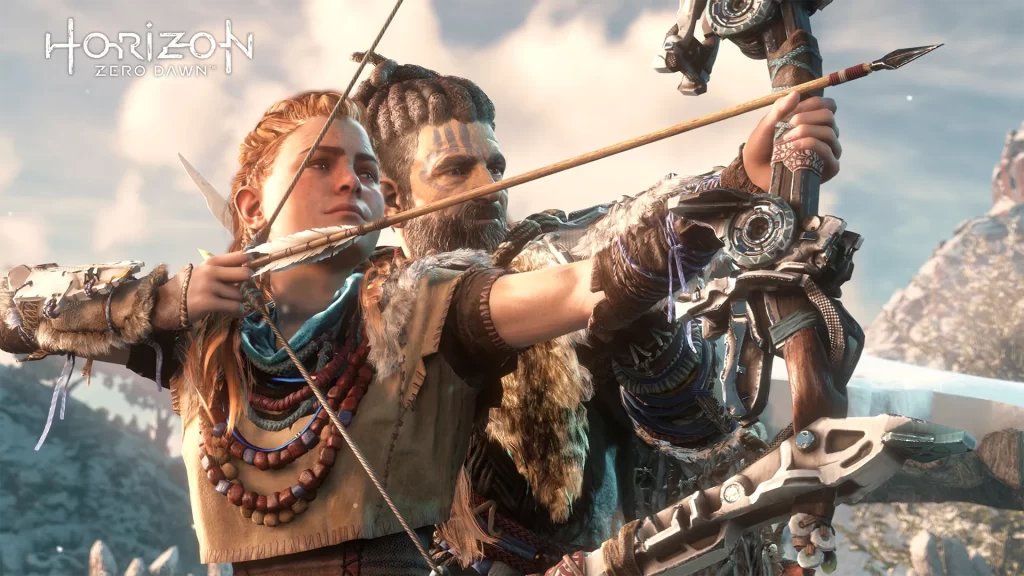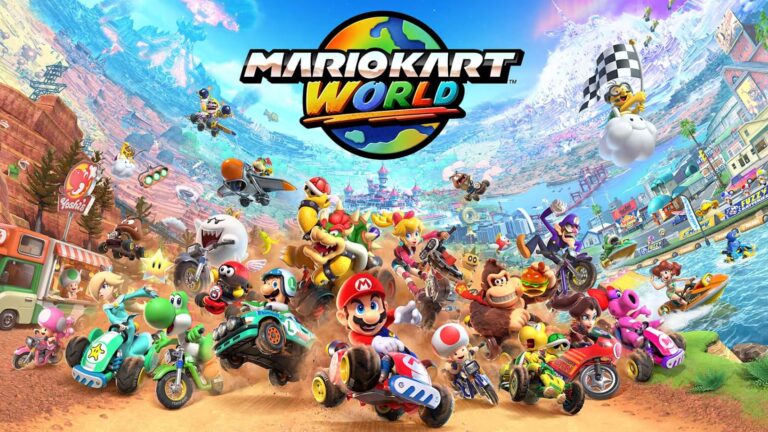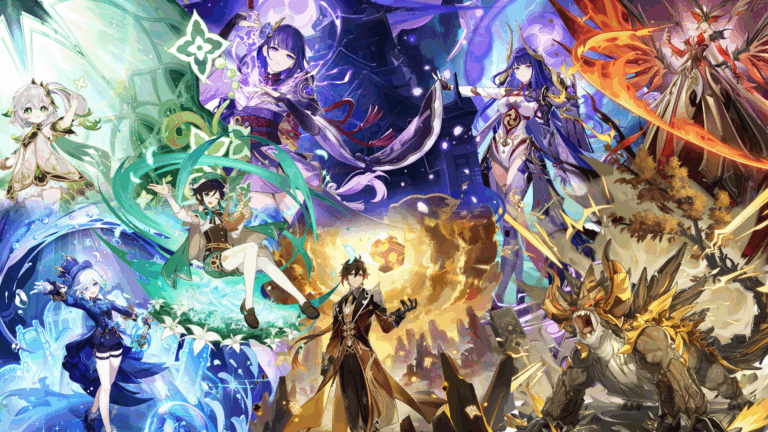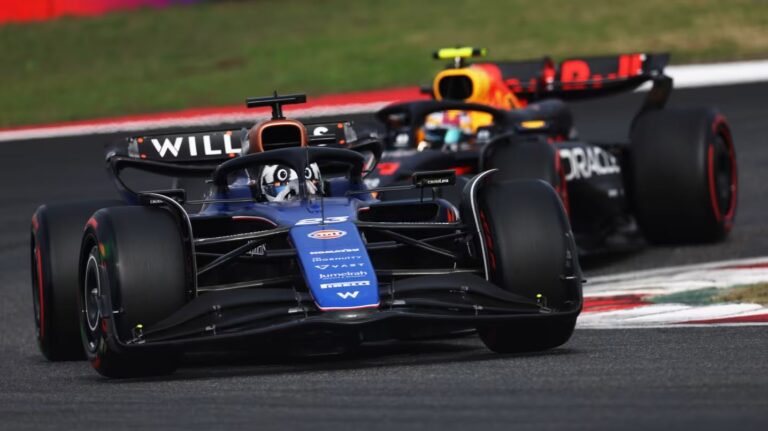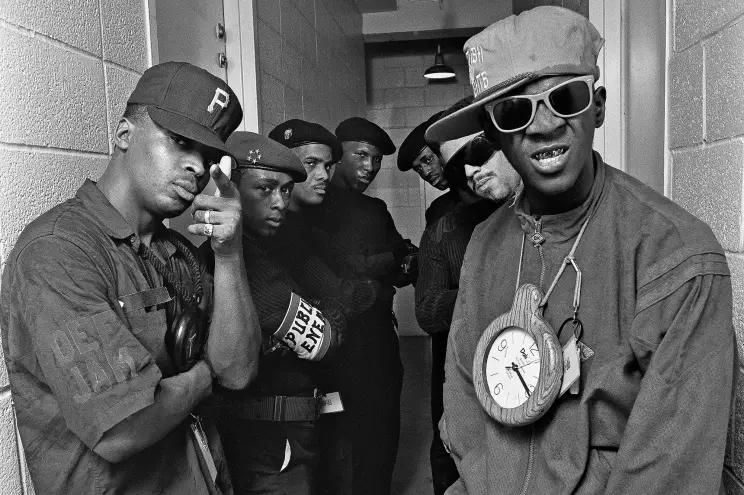Horizon Zero Dawn Review (Retrospective)
Guerrilla Games’ Horizon Zero Dawn is more than just a post-apocalyptic open-world adventure—it’s a compelling blend of narrative depth, immersive gameplay, and visual artistry. Released in 2017, the game quickly became a standout among action RPGs, carving its identity in a genre saturated with giants like The Witcher 3: Wild Hunt, Assassin’s Creed Odyssey, and Far Cry Primal. What makes Horizon Zero Dawn so distinct is how it melds futuristic technology with primal survival, crafting a world that’s both ancient and high-tech, savage and sophisticated.
Aloy: A Hero Unlike Any Other
At the heart of Horizon Zero Dawn is Aloy, one of gaming’s most compelling protagonists. Unlike the grizzled anti-heroes of many modern RPGs, Aloy is empathetic, intelligent, and determined. Her journey—from outcast to savior—is deeply personal, driven by a need to understand her origins and unravel the secrets of a lost civilization. While Geralt from The Witcher is shaped by fate and duty, and Kassandra in Assassin’s Creed Odyssey is driven by mythic legacy, Aloy is a seeker of truth in a world that fears it.
Storytelling in a World Reborn
The narrative of Horizon Zero Dawn stands tall among its peers. Set in a post-apocalyptic future where robotic beasts roam the Earth and humanity lives in tribal societies, the story weaves a mystery that slowly unveils an ancient technological catastrophe. The lore is rich, often told through environmental storytelling and data points scattered across the world. In contrast, while games like Far Cry Primal rely more on survivalist themes, Horizon balances survival with science fiction, delivering a plot that’s as cerebral as it is emotional.
Gameplay That Blends Innovation and Intuition
From exploration to combat, Horizon Zero Dawn excels in gameplay design. The open world of the game feels alive—not just in scale, but in interaction. Traversing its diverse landscapes is a joy, and hunting robotic beasts offers a constant sense of challenge and reward. Compared to the more traditional sword-and-sorcery approach of The Witcher 3, Horizon focuses on preparation, positioning, and understanding your enemy’s behavior.
Strategic Combat and Stealth Mastery
Combat in Horizon is a unique fusion of tactical thinking and fast-paced action. Every robotic enemy has specific weaknesses, requiring players to scan them, plan loadouts, and choose appropriate traps and weapons. Stealth is not just optional but often the smartest route, with tools like tripcasters and smoke bombs making sneak attacks viable and satisfying. Unlike the brute-force combat in Far Cry or the rhythmic swordplay of Assassin’s Creed, Horizon demands creativity and foresight, particularly on higher difficulties.
Unforgettable Enemies: Machines with Personality
The robotic creatures in Horizon Zero Dawn are not just enemies—they’re marvels of design. From the towering Thunderjaw to the sleek Stalker, each machine feels alive with distinct behaviors and combat tactics. These aren’t mindless mobs; they are apex predators, each with their own ecological role. This sets Horizon apart from other open-world games where enemy types can grow repetitive. Few games make every encounter feel as bespoke as Horizon does.
Rich Side Characters and Subplots
While Aloy takes center stage, the world around her is populated with strong supporting characters. From Erend’s loyalty to Sylens’ cunning, every figure has depth and purpose. Side quests aren’t filler—they offer insight into tribal politics, cultural divides, and personal dramas. In comparison, The Witcher 3 may have more expansive subplots, but Horizon makes each one thematically relevant to its world and protagonist’s growth.
Stunning Graphics and Worldbuilding
Visually, Horizon Zero Dawn is breathtaking. Guerrilla’s Decima engine renders a vibrant, dynamic world with lush forests, arid deserts, snowy mountains, and ruined cities. The lighting, particle effects, and weather systems contribute to a world that feels both alien and familiar. Even years after release, Horizon competes graphically with modern titles like Ghost of Tsushima or Assassin’s Creed Valhalla.
A Soundtrack That Breathes Life into Silence
Joris de Man and The Flight’s atmospheric score is the emotional backbone of Horizon Zero Dawn. The music ranges from soft ambient tones during exploration to tribal percussion and sweeping orchestral themes during battles. It captures the mystery and majesty of the world, subtly enhancing the player’s emotional connection. Compared to the bombast of God of War or the medieval melodies of The Witcher, Horizon uses restraint and tone to its advantage.
Conclusion: A Genre-Defining Masterpiece
Horizon Zero Dawn stands as a benchmark for what modern RPGs can be. It takes risks—narratively, mechanically, and aesthetically—and succeeds in almost every regard. While it shares the open-world DNA of many genre peers, its futuristic setting, unique protagonist, and robotic foes create an identity that’s all its own. With its sequel, Horizon Forbidden West, and a remaster bringing new life to the original, now is the perfect time to experience the brilliance of Aloy’s journey.

